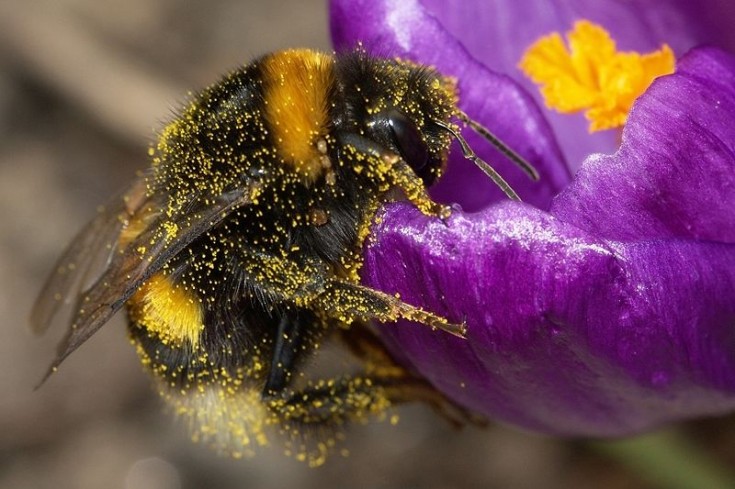 We all know how bees use flowers to collect pollen for food and sustenance. You might even be aware of how bees see ultraviolet light, color and shape to determine different types of flowers. But, there’s more to pollination than just sight and smell — according to a very new study conducted by the University of Bristol and published in the journal Science, flowers actually communicate with bees through electric fields!
We all know how bees use flowers to collect pollen for food and sustenance. You might even be aware of how bees see ultraviolet light, color and shape to determine different types of flowers. But, there’s more to pollination than just sight and smell — according to a very new study conducted by the University of Bristol and published in the journal Science, flowers actually communicate with bees through electric fields!
“This is a big finding,” says Daniel Robert, who led the study. “Nobody had postulated the idea that bees could be sensitive to the electric field of a flower.”
Flowers and plants tend to possess negative charges and are electrically connected to the ground, allowing them to conduct electricity very slowly. Bees, on the other hand, have a positive electrical charge because they fly in air. When the two connect, sparks may not fly, but pollen sure does. “We found some videos showing that pollen literally jumps from the flower to the bee, as the bee approaches… even before it has landed,” says Robert.
Now the electric side of pollination isn’t exactly new, as far back as the 1970s, botanists suggested that electric forces enhance the attraction between pollen and pollinators. But it wasn’t until now that we started asking the right questions, “Does the bee know anything about this process?”


 Find Your
Find Your 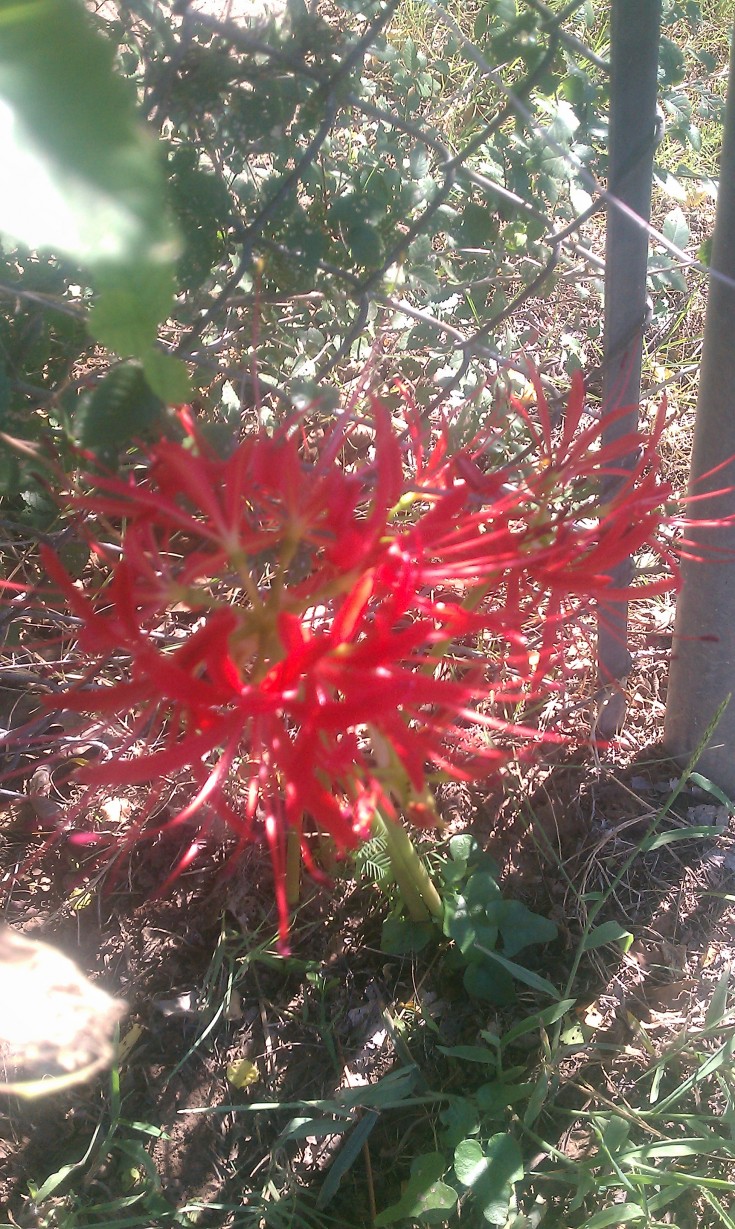
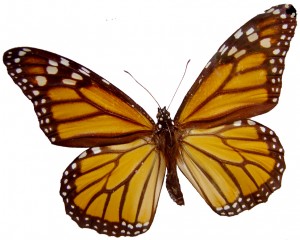 Last week, while our team members were at the Florida State Florists’ Association Design Summit, they took a detour to visit one of our great member florist, Tim Ryan of
Last week, while our team members were at the Florida State Florists’ Association Design Summit, they took a detour to visit one of our great member florist, Tim Ryan of 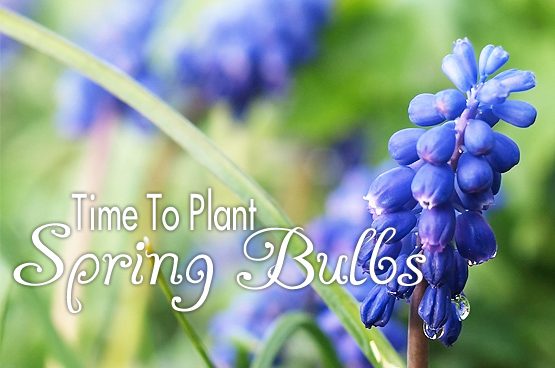
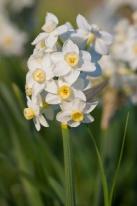



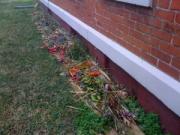 I have read a lot about cardboard mulching and began the process in late October. It is a great way to begin gardening with very little effort. Laying a layer of cardboard and mulch down before winter helps in many ways. (1) Kills all grass and weeds (2)Keeps the ground from freezing worms tend to migrate to the area (3) Enriches the soil
I have read a lot about cardboard mulching and began the process in late October. It is a great way to begin gardening with very little effort. Laying a layer of cardboard and mulch down before winter helps in many ways. (1) Kills all grass and weeds (2)Keeps the ground from freezing worms tend to migrate to the area (3) Enriches the soil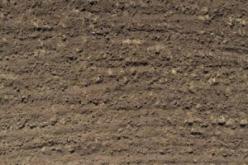 Planning early can be a (plant) life saver! Most plants can grow in a variety of pH levels, however it’s a good idea to test your soil to know exactly what you’re working with. Test your soil now to see if it is ready to grow plants. The soil in our area contains a lot of clay which tends to be towards the acidic side. Clay is the most nutritious of the soil types (Sand, Silt, and Clay) but binds the roots of the plant with its density and keeps them from expanding their roots. By finding out your soil composition now you have time to correct this before its time to plant.
Planning early can be a (plant) life saver! Most plants can grow in a variety of pH levels, however it’s a good idea to test your soil to know exactly what you’re working with. Test your soil now to see if it is ready to grow plants. The soil in our area contains a lot of clay which tends to be towards the acidic side. Clay is the most nutritious of the soil types (Sand, Silt, and Clay) but binds the roots of the plant with its density and keeps them from expanding their roots. By finding out your soil composition now you have time to correct this before its time to plant.
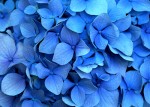
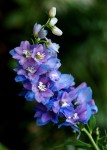 Consider the enchanting
Consider the enchanting 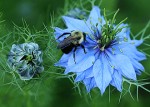 The ethereal, light and airy
The ethereal, light and airy 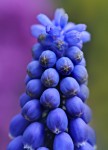 It just wouldn’t be spring without masses of tiny
It just wouldn’t be spring without masses of tiny 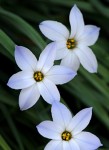 Star-shaped, pale blue
Star-shaped, pale blue 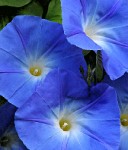 In my humble opinion, a garden without
In my humble opinion, a garden without 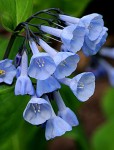 The buds of the herbaceous perennial
The buds of the herbaceous perennial 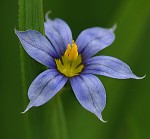 Best planted in large groups for maximum visual impact,
Best planted in large groups for maximum visual impact,  This
This 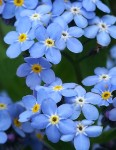 And finally, we can’t forget the diminutive
And finally, we can’t forget the diminutive